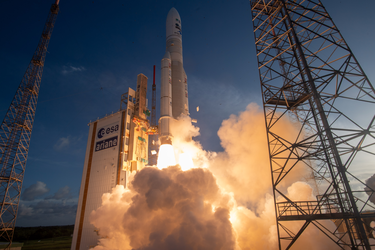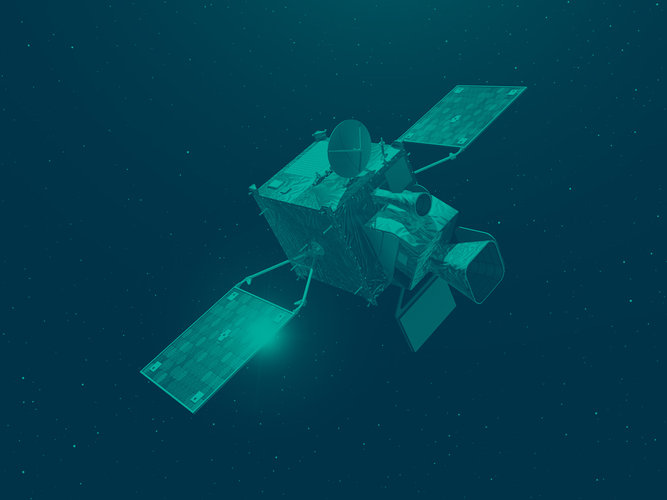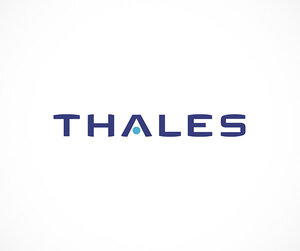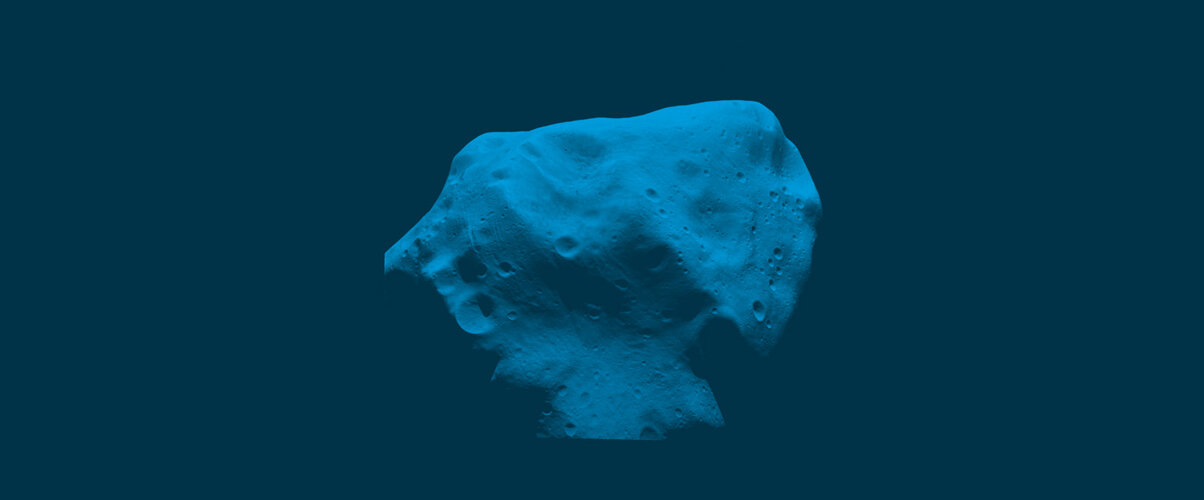Fireball witnessed by weather satellite
While a meteor lit up the skies over Spain and Portugal recently, it was also captured by the Meteosat Third Generation Imager weather satellite hovering 36,000 km away in geostationary orbit.
On 18 May, the meteor burned up in the night sky over Spain and Portugal – not only impressing those lucky enough to see it with their own eyes, but it was also caught by the fireball camera in Cáceres, Spain, operated by ESA’s Planetary Defence Office


Access the video
And, zooming across the skies at over 160,000 km an hour, it was also captured by the Lightning Imager on the Meteosat Third Generation Imager satellite far away in geostationary orbit, offering another perspective on this remarkable event.
As its name implies, the Lightning Imager will be used to detect lightning, once it has been fully commissioned following the satellite’s launch at the end of 2022.
The Meteosat Third Generation Imager satellite is the first geostationary weather satellite that has the capability to detect lightning across Europe, Africa and the surrounding waters. It continuously monitors more than 80% of the Earth disc for lightning discharges, taking place either between clouds or between clouds and the ground.
The instrument has four cameras covering Europe, Africa, the Middle East and parts of South America. Each camera can capture up to 1000 images per second and will continuously observe lightning activity from space.
Data from the Lightning Imager will give weather forecasters greater confidence in their predictions of severe storms, particularly in remote regions and on the oceans where lightning detection capabilities are limited.
Although designed to monitor lightning, it also captured the flashes of light from the meteor burning up over Spain and Portugal.

Using preliminary data from the Lightning Imager, the animation above shows light flashes accumulated over six seconds as the meteor moves across the instrument’s field of view.
The Meteosat Third Generation mission is a cooperation between Eumetsat and ESA. ESA is responsible developing and procuring six satellites. Eumetsat defines the system requirements, develops the ground systems, procures the launch services, operates the satellites, and makes the data available to users.
The Meteosat Third Generation satellites are built by a large consortium of European industries, led by Thales Alenia Space in cooperation with OHB. The innovative Lightning Imager is developed by Leonardo in Italy.













